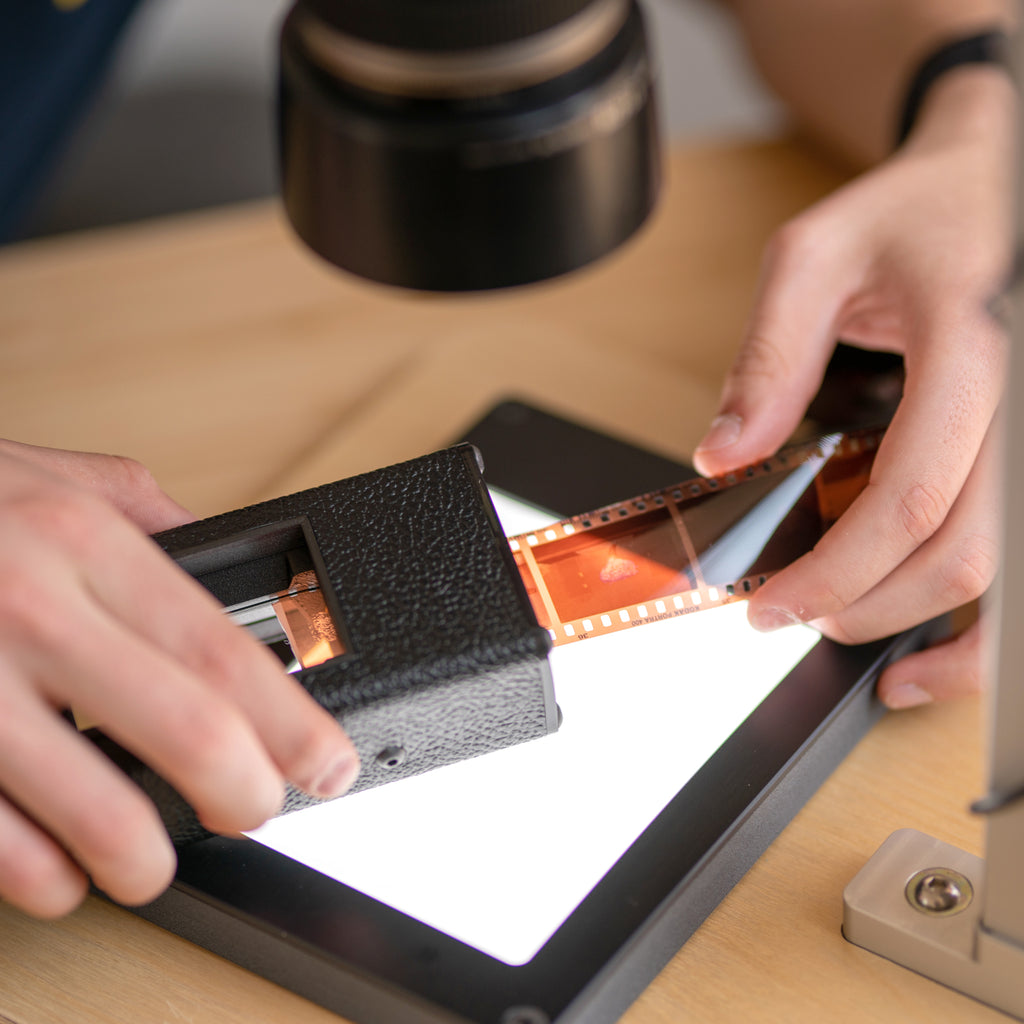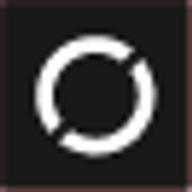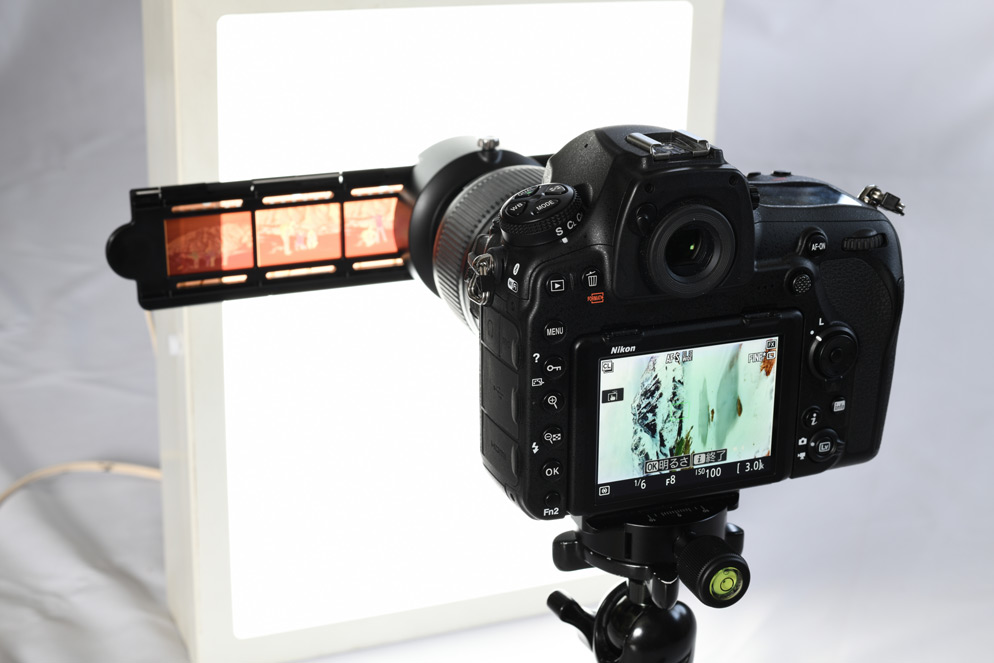Hoopsontoast
pfm Member
I'm looking to put together a basic DSLR scanning kit, initially using my Pentax K-01 (as its spare in the cupboard) with a 50mm Macro Lens as I've been frustrated with the time it takes with the Plustek 8100, as well as the slow sofware and output in general. I have the K-1 I can use but might be a pain to mount/dismount, or just use for high res/pixel shift scans of certain frames over the K-01 if required.
From research and elsewhere, I have found a couple of all-in-one options:

 filmphotographystore.com
filmphotographystore.com
 www.valoi.co
www.valoi.co
On the software side, I have Lightroom but its only 4.4 so not compatiable with Negative Lab Pro and I don't really want to plunge for a new subscription of Lightroom Cloud/Classic. I've seen Affinity Photo recommended on the other thread but the negative conversion would be a manual process each time rather than a plugin.
Anybody got experience of other non-Lightroom/NLP software for 35mm processing?
From research and elsewhere, I have found a couple of all-in-one options:

35mm Basic DSLR Film Scanner Kit
35mm Basic DSLR Film Scanner Kit Please read all the info on this page before purchasing this kit. 35mm is our bestselling film format thanks to its ease and wide range of available films. Whether it’s a day at the beach, a photo walk around your neighborhood or photographing a holiday event...
easy35 | Valoi
 www.valoi.co
www.valoi.co
On the software side, I have Lightroom but its only 4.4 so not compatiable with Negative Lab Pro and I don't really want to plunge for a new subscription of Lightroom Cloud/Classic. I've seen Affinity Photo recommended on the other thread but the negative conversion would be a manual process each time rather than a plugin.
Anybody got experience of other non-Lightroom/NLP software for 35mm processing?


